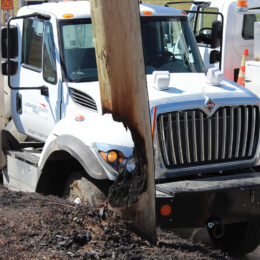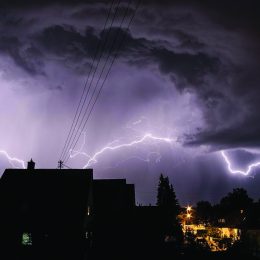 Trees provide many benefits, including shade, beauty, windbreak, privacy, cleaner air, noise reduction and higher property value.
Trees provide many benefits, including shade, beauty, windbreak, privacy, cleaner air, noise reduction and higher property value.
But the key to these benefits is to select the right tree and plant it in the right place. This not only assures a lifetime of satisfaction, it also keeps maintenance costs low.
While we at LaGrange County REMC love a beautiful tree just as much as the next person, allowing trees and other brush to grow around power lines can be costly and dangerous. Our co-op spends many hours each year controlling vegetation in power line rights-of-way to keep your electric service safe, reliable and cost effective.
With warmer spring weather marking the start of landscaping season, select tree species that will fill a particular role or function in your yard. Then plant them in the right places to enable them to fill those functions and keep you safe from power lines.
Wrong tree, wrong place
Planting large trees under utility lines can eventually mean mutilated trees as they grow to maturity. Large evergreens close to the house on the south side of the home block warming winter sunlight. No trees on the north side can leave a home vulnerable to winter winds.
Better choices
Short flowering trees don’t clash with overhead utility lines. Large deciduous trees – those which shed their leaves annually – on the southeast, southwest and west sides of the home provide cooling shade in summer but don’t obstruct the low winter sun. An evergreen windbreak on the north blocks cold winter winds.
Consider the following factors in selecting and planting trees:
The tree’s purpose will impact the suitability of different tree species, whether used for shade, aesthetic beauty, wind protection, screening or other purposes.
Size and location of the tree, including available space for roots and branches, affects the decision on which species to plant (see chart).
Crown form and shape varies among tree species, including round, oval, columnar, pyramidal or V-shapes. Consider how the shape of the tree works in the space available.
And always remember, contact 811 before digging or planting to ensure underground utility lines have been marked.



